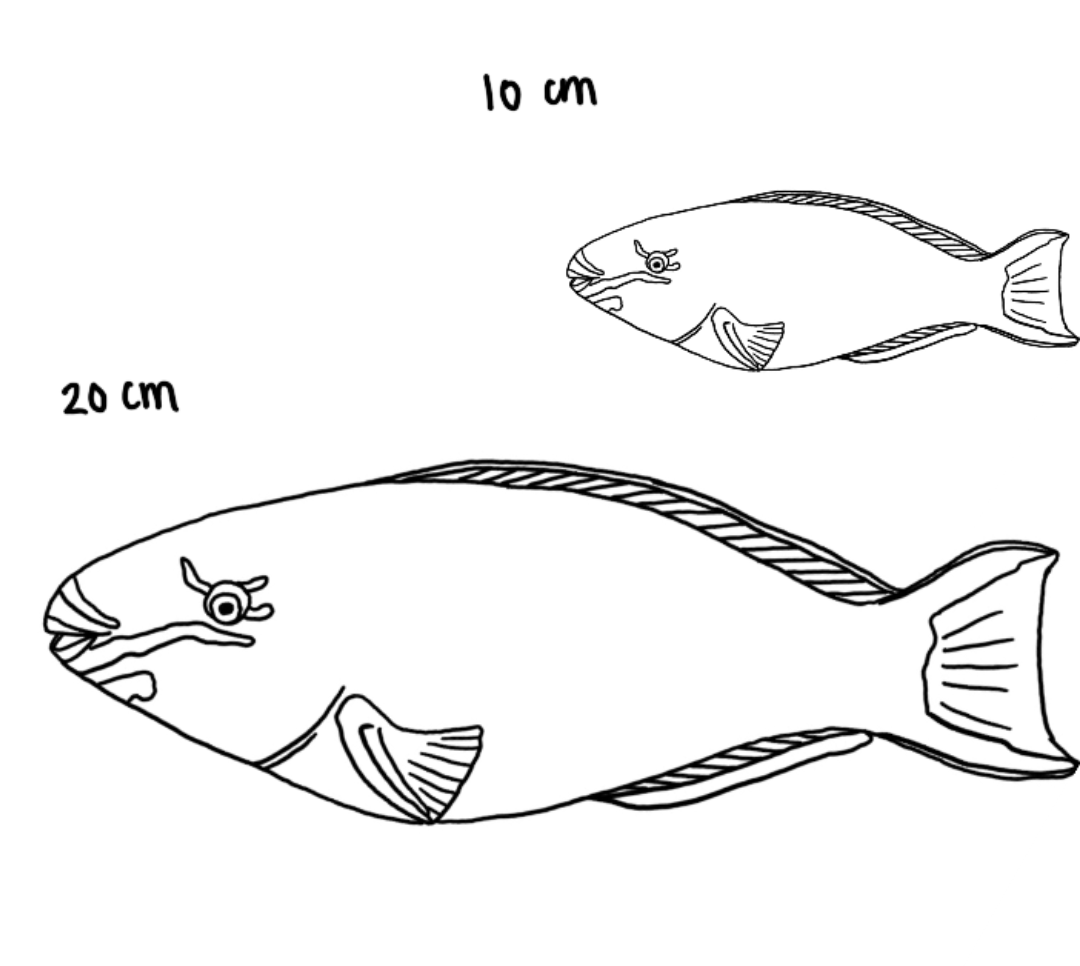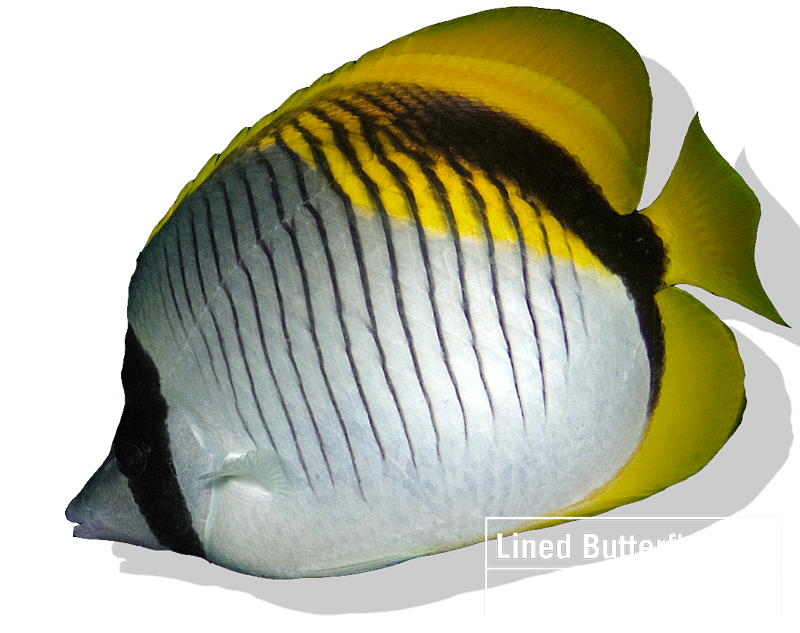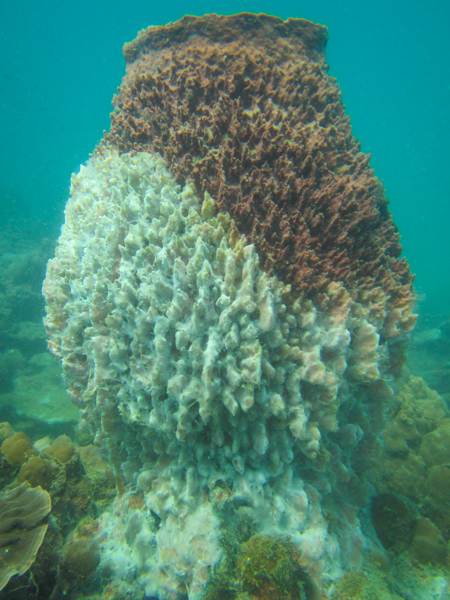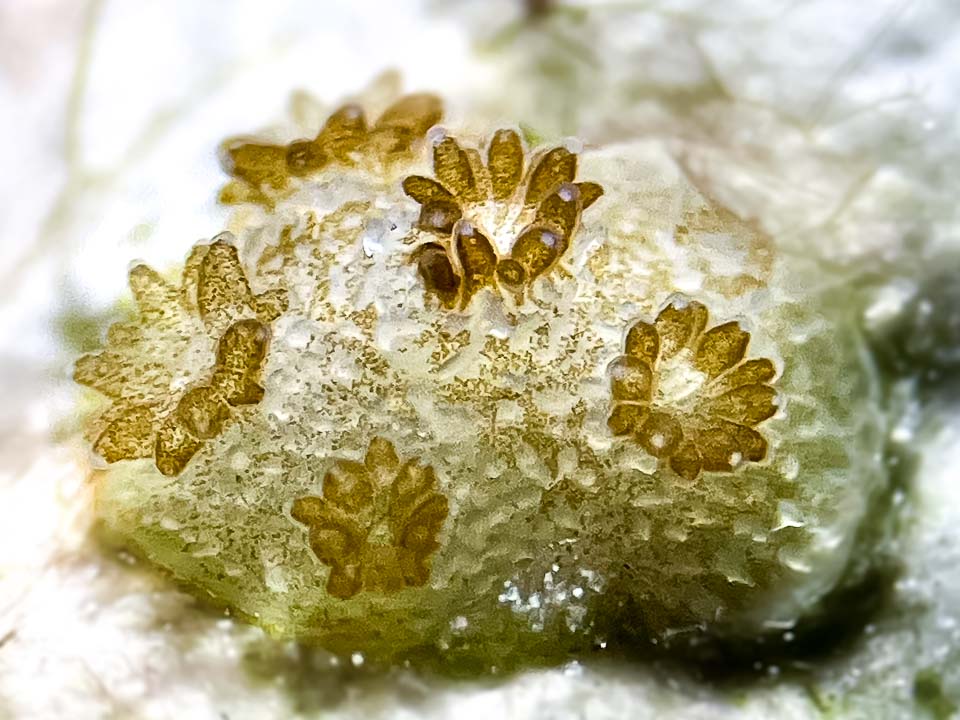Long-term Monitoring Program
The world’s coral reefs are currently undergoing massive changes due to anthropogenic climate climate change, pollution, overfishing, and a plethora of other factors. The effects on a global scale have been severe and saddening, but local systems show different responses.
Our long-term monitoring program has been running since 2011, and the data collected is an essential resource for governments, local management and protection, and scientific research.
Aim
This program aims to measure the long-term status and trends of coral reef ecosystems in Koh Phangan.
What we measure
- Changes in benthic communities – live coral cover surveys
- Coral bleaching
- Juvenile corals
- Reef fish communities
- Coral predators – Drupella, Crown of Thorns starfish
- Giant clams
- Sponge communities
How we measure
Data is collected by trained observers (students/interns/staff) using SCUBA to survey 7 different reefs on a monthly basis around Koh Phangan. Surveys are conducted using standard methodology based off the Australian Institute of Marine Science & Global Coral Reef Monitoring Network.
Long-term Development of Fish Community
Fish communities fulfil important roles for the functioning of coral reef ecosystems. But knowledge about spatiotemporal variabilities of reef fish communities in response to environmental fluctuations and benthic cover is scarce. This study thus describes a unique set of data collected with standardised methodology annually from 2014 until 2022 at reefs around the island of Koh Phangan in the Gulf of Thailand, a highly under-investigated area.
Publication in preparation.
Aim
To fill a knowledge gap on how coral reef fish communities have developed over time on an understudied area in Koh Phangan.
This study aims to answer the following research questions:
- How did fish abundance & relative occurrence of functional groups develop between 2014 to 2022 on coral reefs around Koh Phangan?
- What is the effect of seasonal changes in environmental conditions on reef fish communities?
- How did benthic community changes affect reef fish communities?
- How did coral bleaching affect reef fish communities?
Methods
To create timelines of fish community changes, 8 years of data will be analysed and complemented with additional datasets for benthic cover, coral bleaching, and environmental parameters. Surveys included in this study from our long-term monitoring program include:
- Fish abundance
- Benthic cover surveys
- Coral bleaching surveys
Investigating the role of Damselfish in coral reef ecosytems in the Gulf of Thailand
The research project examines the role of Damselfish (Pomacentridae) communities within the coral reefs surrounding Ko Phangan, Thailand. Fish communities play a vital role in sustaining the health and resilience of these ecosystems, serving several ecological functions, ranging from herbivorous grazers that control algae growth to predatory species that maintain the reef population’s balance. The interactions within coral reefs are complex and understanding the various roles and connections is essential for effective conservation efforts. Damselfish are a diverse group, with their impact varying across species and habitats. While some feed on coral, others cultivate algae in defended territories or feed on algae competing with corals for space on the reef.
This project can make a valuable contribution to the understanding of reef dynamics, a matter of increasing importance due to climate change and the degradation of coral reefs worldwide. The fish community around Koh Phangan is characterized by the absence of the elsewhere prevalent grazers surgeonfish (Acanthuridae) and generally low abundances of well-studied herbivorous species like rabbitfish and parrotfish (Siganidae, Scarinae). Remarkably, the reefs show a comparatively high coral cover. These unique conditions make Koh Phangan the ideal study site for this project.
MSc project conducted by Hannah Mandl (University of Bremen). This project is part of our Marine Research internship program.
Research Questions
- How many Damselfish (including territories) can be found in the reefs around Koh Phangan?
- What influence does Damselfish presence have on benthic cover?
- How do environmental stressors and coral bleaching affect Damselfish populations?
%
PROJECT PROGRESS
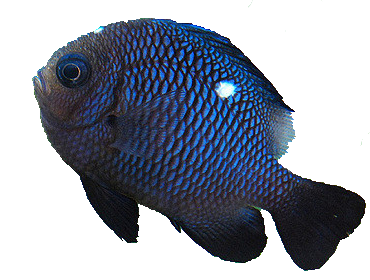

Age distribution of the barrel sponge (Xestospongia spp.) and sponge diversity on Koh Phangan’s coral reefs
Various marine sponges play an important role as coral reef ecosystem engineers and provide important ecosystem services. Sponges have a positive impact on the complexity of the habitat structure and the local biodiversity, provide a home for invertebrate taxa, function as a food source, and play a major role in filtering seawater. On Koh Phangan, a study started in 2015 yielding the first evidence of sponge diversity and particularly the age distribution of Xestospongia spp. to show the development of the biodiversity and distribution of sponges on Koh Phangan a follow up study was also conducted in 2016. The results from both studies showed a strong shift in population, with a fatal sponge bleaching ending in mass mortality was observed for Koh Phangan’s reefs in 2015.
This study aims to investigate the development of the age distribution of Xestospongia spp. and sponge diversity of Koh Phangan’s coral reefs and compare this to studies conducted in 2015 and 2016.
BSc project conducted by Isa van Knippenberg (HAS Green Academy). This project is part of our Marine Research internship program.
Research Questions
- Have there been population changes in Xestospongia spp. since 2015 and 2016?
- What is the current age distribution of Xestospongia spp. and has this changed since 2015 and 2016?
- What is the current diversity of sponges and has this changed since 2015 and 2016?
%
PROJECT PROGRESS

Coral larvae settlement enhancement using sound
The aim of this project is to determine if coral larvae settlement can be enhanced by broadcasting healthy reef sounds. Coral reefs are increasingly impacted by climate change consequences that endanger the coral reef ecosystem. Coral larvae settlement is a key factor in new coral growth to sustain the longevity of coral reefs, and since there is not much known about methods that can be used to enhance this settlement and ensure new corals to settle on the reefs, this study is very relevant in filling this gap in knowledge. This study’s topic is a continuation of Ayla’s Bachelor’s thesis, where she did a theoretical study about coral larvae and the importance of sounds for their settlement and the possibility of broadcasting sounds in order to increase this settlement. Ayla’s Master’s thesis now focusses on the same topic of coral larvae and their settlement but is a field study approach.
MSc project conducted by Ayla Kroon (Lund University). This project is part of our Marine Research internship program.
Research Question
- How does broadcasting reef sounds influence coral larvae settlement?
Investigating juvenile coral communities across three different habitats
Juvenile coral populations play an important role in helping the resilience of threatened coral reefs, giving them the possibility to recover, and building a new and healthy coral reef. However, it’s still unknown how available space influences juvenile coral populations and how juvenile corals affect adult population maintenance and recovery. The project aims to fill this knowledge gap, by analyzing juvenile coral communities of Koh Phangan, an island in the Gulf of Thailand.
This research project will study and compare juvenile corals’ abundance and diversity across three different reef habitats (reef flat, reef front, forereef) and different depths (forereef). As Juvenile corals represent the future adult population, the project will also investigate if juvenile coral communities reflect the adult populations, comparing the following parameters: diversity, abundance, bleaching rate, and diseases.
MSc project conducted by Beatrice Lazzarini (University of Genoa). This project is part of our Marine Research internship program.
Research Questions
- Does juvenile coral abundance differ between coral reef habitats according to available space?
- Does the juvenile coral community reflect the adult coral population across different coral reef habitats?
%
PROJECT PROGRESS
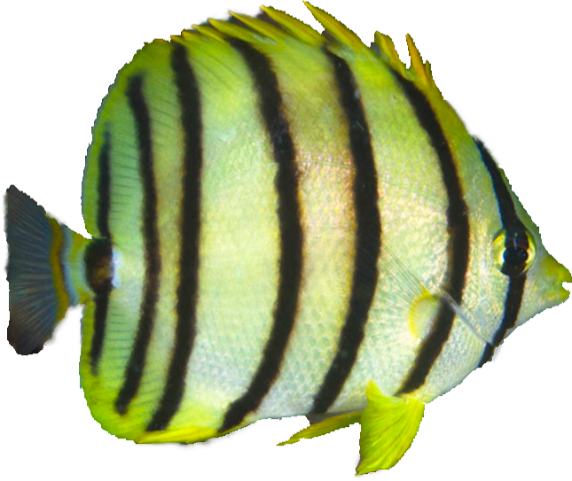

Monitoring coral diseases & investigating the dietary preferences of Butterflyfish
Coral reefs worldwide face the impact of diseases with diverse etiologies and symptomologies, exhibiting variations across different regions of the planet. Unfortunately, the Gulf of Thailand is no exception. However, the scientific literature in this area is lacking, and a comprehensive study on the distribution of coral diseases is still necessary.
This project seeks to address some of the gaps in the scientific literature by conducting long-term monitoring of the distribution and progression of coral diseases around Koh Phangan. Additionally, the study will explore the feeding preferences of Chaetodon octofasciatus, a butterflyfish that feeds on coral polyps. An attempt will be made to evaluate the impact of predation on the progression of coral diseases.
MSc project conducted by Elba Festo (Polytechnic University of Marche). This project is part of our Marine Research internship program.
Research Questions
- What is the prevalence and coverage of coral diseases on Koh Phangan’s coral reefs?
- What coral genera are most affected by coral disease?
- Does the abundant butterflyfish, Chaetodon octofasciatus, exhibit feeding preferences for healthy or diseased coral colonies?
- What effect does the predation by Chaetodon octofasciatus have on the progression rate of coral disease?
Methods
Data are collected through visual census conducted by trained scuba divers. The prevalence and coverage of coral diseases are calculated at three different dive sites using belt transects randomly placed at the same depth. The number of bites that Chaetodon octofasciatus gives to healthy or diseased colonies serves as a proxy to assess the feeding preferences of this species. Finally, to investigate the effects of predation on the evolution of coral diseases, diseased colonies are randomly selected, and half of them are isolated through cages to exclude predation. The use of ImageJ software enables the comparison of ulcer progression over time between caged and cage-free diseased colonies.
University of Glasgow – BSc Thailand Expedition 2024
Annual group of Bachelor of Science students from the Univeristy of Glasgow conducting research projects for their Bachelor dissertations. Read below for information on their projects.
Investigating the population distribution of cushion stars (Culcita novaeguineae) across the coral reef
This study conducted by Susie Robson aims to answer the following research questions:
- To investigate cushion star abundance and distribution between different zones of the coral reef
- To investigate if cushion stars display a preference for substrate
Investigating the influence of coral diversity on the diversity of non-coral benthic fauna across reef habitats
This study conducted by Ziggy Macnaughton aims to answer the following research questions:
- To investigate how coral diversity influences non-coral benthic fauna diversity across different reef habitats
- To investigate if certain coral species are more indicative of increased non-coral benthic biodiversity
- To investigate if certain coral species influences on non-coral benthic fauna diversity changes across different reef habitats
Investigating the influence of giant clams on coral health and diversity
This study conducted by Ben Christopher Armour Smith aims to answer the following research questions:
- To assess the species and size of giant clams in the study area
- To examine the impact of giant clams on nearby coral
- To investigate whether specific species or sizes of giant clams exert a more significant influence on coral
Investigating potential recruitment & age structure of coral reef fish communities
In the Gulf of Thailand, water circulation patterns are seasonal, and typically from mid-October, winds change direction and the northeast monsoon season begins, bringing large clockwise movements of water from the South China Sea into the Gulf. Monsoonal conditions with increases in wind speed have the potential to influence seasonal patterns of reef fish spawning and recruitment. Results from our long-term monitoring program revealed seasonal patterns of increased fish functional group abundance. We hypothesise the increased abundance during our summer period and northeast monsoon is driven by fish recruitment onto the reef.
This study aims to investigate seasonal changes in fish abundance and whether spikes in abundance is driven by juvenile coral reef fish.
BSc project conducted by Marnix Brands (HAS Green Academy). This project is part of our Marine Research Internship program.
Research Questions
- Does the change in season affect the abundance of coral reef fish communities around Koh Phangan?
- Are increases in fish abundance during changes in season driven by juvenile coral reef fish?
- How does this compare to the summer season?
%
PROJECT PROGRESS
